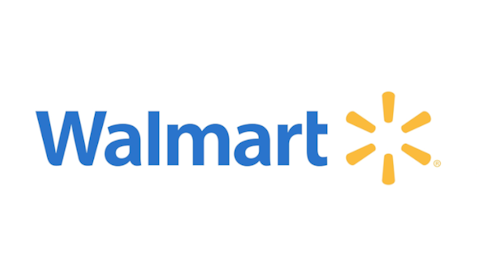It’s obvious that investors will raise eyebrows and question whether it is prudent to invest in Costco Wholesale Corporation (NASDAQ:COST) when it’s trading at 24 times its earnings. On the other hand, competitors Wal-Mart Stores, Inc. (NYSE:WMT) and Target Corporation (NYSE:TGT) are trading at price-to-earnings ratio of 15 and 16 times respectively. There can be two possible answers: either the stock is too costly an investment, or the company’s performance and business strategy justifies the valuation.
Is the valuation justified?
Costco Wholesale Corporation (NASDAQ:COST)’s performance has been constantly outstanding. Over the last five year,s its revenue has grown 7.9% and earnings surged 18.9% on a year-over-year basis. Going forward, analysts predict 13.5% growth per year during the next five years and revenue growth of 6.9% for the full year. The company is also only in the infant stage of its international expansion and has consistently reported a growth in comparable same-warehouse sales. Thus, the estimates seem achievable and justify the premium.
How Costco Wholesale Corporation (NASDAQ:COST) does it?
The most interesting thing about Costco Wholesale Corporation (NASDAQ:COST) is its model, which is to charge membership fees upfront and then sell goods at deep discount. Store sales make up 98% of the company’s revenue, and the rest from membership fees. The interesting part is that the fees form 75% of its operating income. Further, charging membership fees up front books the company’s profit a year in advance and also provides stability to its cash flows.
Paying membership fees also works on members’ mindsets. They have already borne an expense out of which they have to derive value, causing them to shop at Costco Wholesale Corporation (NASDAQ:COST)-operated warehouses. Customers are driven there not only because they pay a fee upfront but also because they get industry-leading prices. Free samples, logical store layouts, select merchandise offerings, and superior customer treatment also help encourage more frequent foot-fall by customers. Overall customer satisfaction can be gauged by the fact that membership fee income increased by 12% to $531 million, with 86.4% membership renewal at the end of the third quarter of 2013.
Apart from customer satisfaction, Costco Wholesale Corporation (NASDAQ:COST)’s management treats its employees well too. Better paid and satisfied employees reduces workforce turnover, saving the company recruitment costs and offering its customers better service. Currently the starting wage of an employee is about $12 per hour, with an average employee earning $21 an hour. Paying employees well adds to the company’s reputation and saves a lot of costs in the long run. For example, Wal-Mart Stores, Inc. (NYSE:WMT)’s employee strikes emphasized its poor working conditions and blemished the company’s reputation.
The future growth factors
Costco currently has 627 warehouses concentrated mainly in the U.S., Canada, and Mexico, with a few warehouses in Europe, Asia, and Australia. Though in an early stage, its international expansion has played an important part in increasing its membership count as warehouse openings in Japan have been well received by customers. Costco’s international operation currently accounts for about half of its revenue, leading to an initiative of focusing majorly on international expansion. The Asian and Australian markets should provide the required momentum for growth.
Costco is also focusing on its e-commerce business as in the last quarter the company’s sale from its online platform surged 20% on a comparative basis. The e-commerce program is focused in the U.S., Canada, and the U.K. at the moment, but as Costco expands its operations into newer territories its online sales should surge.
Not the only discounter
Wal-Mart Stores, Inc. (NYSE:WMT)’s Sam’s Club also works on the same membership model alike Costco, but it fails to execute and manage its stores in the same way. This is evident from the fact that Costco’s same-store sales increased 4.5% while Sam’s Club reported a meager 0.2% increase in the last quarter.






